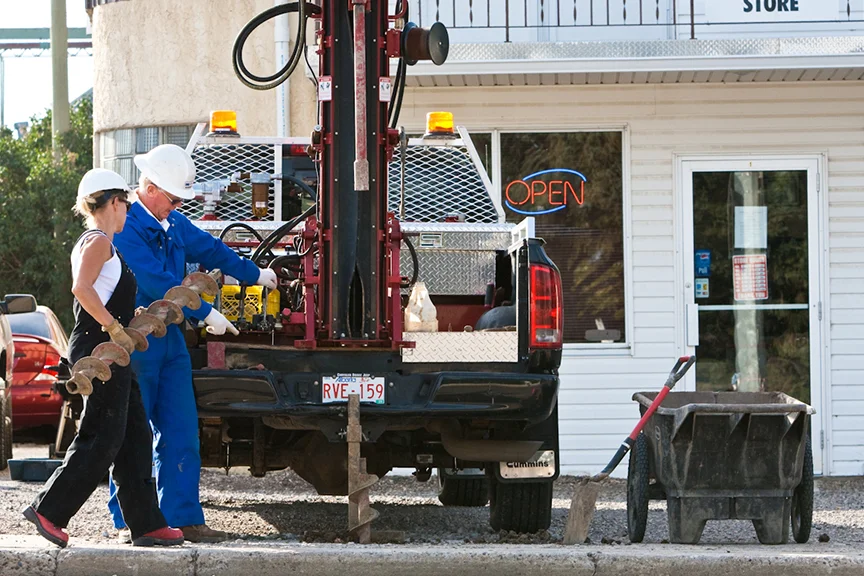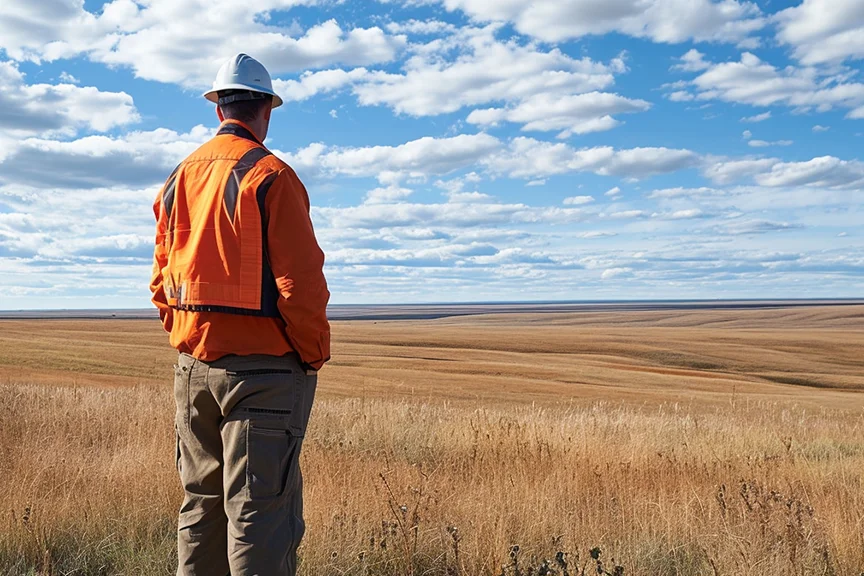
When is a Phase II ESA Required?
A Phase II ESA is typically required following the identification of potential contaminants of concern in Phase I ESA. Lending institutions require mitigating all potential contamination before mortgage approval on commercial and industrial properties. Even farms and some residences are scrutinized under certain circumstances. Properties adjacent to gas stations and dry cleaners are identified as high risk and will almost certainly require environmental investigation.
What is done with the information?
Suppose contamination is identified in a Phase II ESA. In that case, the findings are used to develop mitigation measures for remediating the contamination, including removing the contamination, “in-situ” (remediating and managing the contamination in place) and or developing a monitoring program to determine whether or not the environmental conditions are stable. The Phase II ESA may also recommend a more comprehensive investigation (Phase III ESA).
The information and data gathered from a Phase II ESA belongs to the individual and business entity that paid for the assessment and will not be divulged to others without expressed written permission.
How long does a Phase II ESA take, and what are the costs?
The cost, scope and duration of a Phase II ESA largely depend on site-specific factors such as the size and location of the property and the number of boreholes required to satisfy the person responsible that all the suspected contaminants have been thoroughly investigated. The turnaround time for laboratory analysis, equipment availability and groundwater recharge are all factors that impact the time required to complete the assessment. The time needed to complete a typical Phase II ESA is approximately two to three weeks.
The costs depend on the above information, and a detailed proposal is usually developed based on the site conditions, etc.

Have a Question?
Join us as we explore the latest in environmental sustainability. Contact the Soil Doc today!
